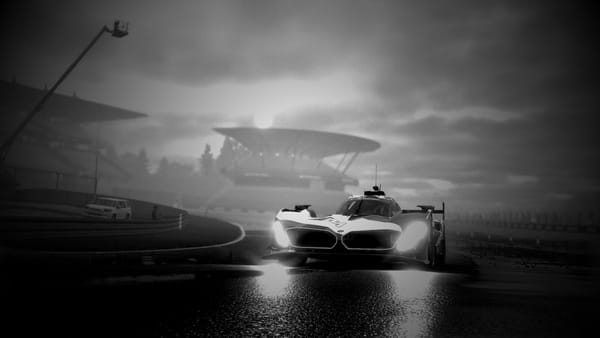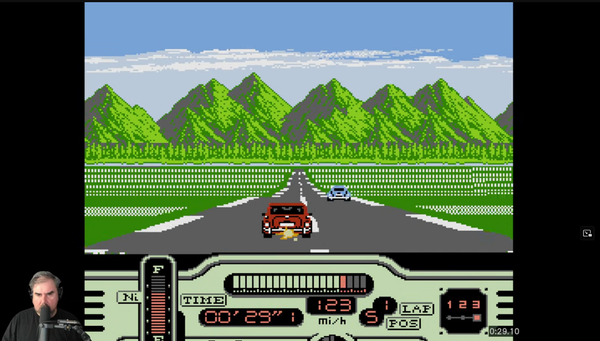BRGoF25 - When Southam Ruled The World
..after getting their sea legs under them with their new game engine, it was time to put the hammer down and make the two best racing games the Southam-based developer and publisher has ever made.
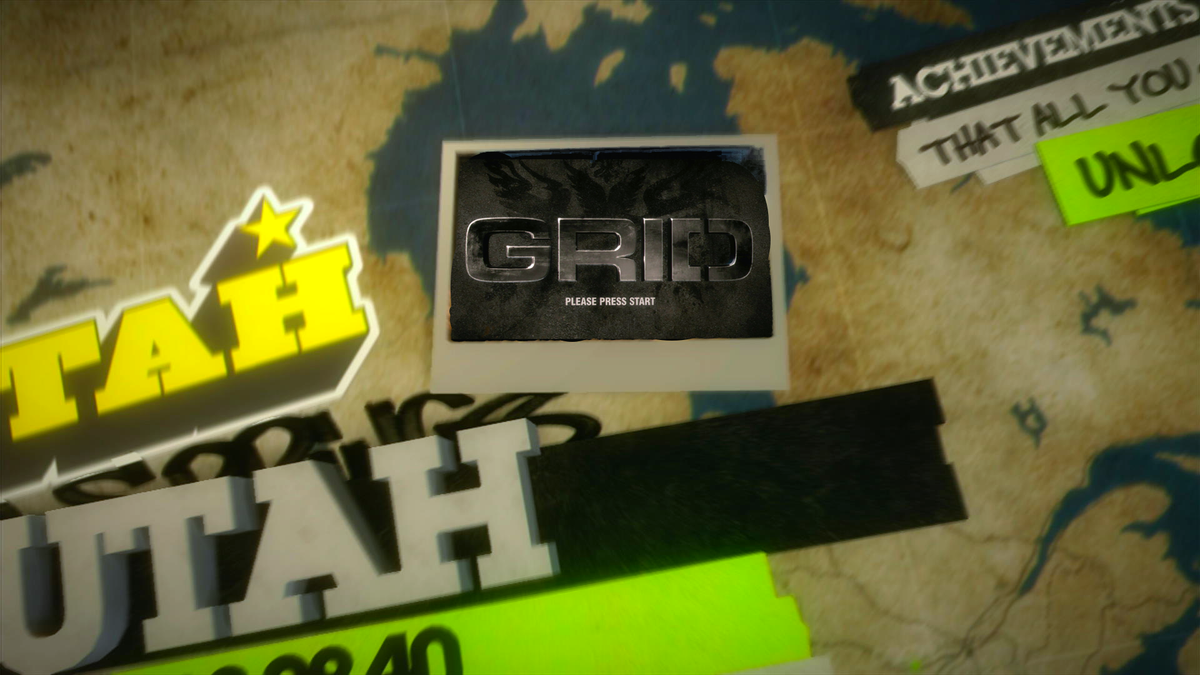
Welcome to BRGoF25, a look at the Best Racing Games of the First 25 years of the 21st century. A love letter to the titles that defined the genre during this time of immense growth in the industry, transcended boundaries and broke the glass ceiling to become the very best that video games had to offer.
Inspired by Giant Bomb polling their users on what they say is their 10 best games of the 21st century, this series of articles will focus on the racing games that, in my opinion, rubs shoulders with the giants in the industry that make up what GB's users submitted themselves. These are racing games that you should find a way to play for yourself, regardless of your gaming preferences.
"If you have the means, I highly recommend picking one up."
The history of video games through the lens of those who created them can be seen as a story of evolution and adaptation. As the technology improved and the amount of bits in a console grew, developers all across the world were faced with the challenge of coming to grips with the new tools at their disposal and being able to make products that not only harnessed that technology but also games that could thrive with an ever changing clientele and the forever demands of capitalism. No where was this more at the forefront than in the United Kingdom, which saw it's gaming industry at a crossroads as it tried to discover the right way to go between the early days of home computing and the reemergence of game consoles like the Nintendo Entertainment System. This was still a time when the likes of the ZX Spectrum, Amiga and Amstrad CPC ruled Europe, but those creators knew that times were changing and where they made their money would be too. For every success story of a UK developer able to make that transition stick as game consoles began to take over, there are many, many more names and faces that were simply left behind.

Last time on BRGoF25 we looked at Wipeout Fusion developed by originally named Psygnosis, who managed to make this transition stick by being among the first to fully embrace the third dimension in gaming after being able to persist on computers like the Amiga well into the 1990s. At the same time, Codemasters were well on their way in their evolution after finding success with their Dizzy franchise of adventure games on computers and Micro Machines being one of their earliest hits on consoles. Racing games would continue to be a part of their success, with the TOCA Race Driver and Colin McRae Rally franchises being cornerstones of their portfolio as gaming embraced the third dimension. But while they were cornerstones in their native United Kingdom and generally good racing games, there was always this impression that they got lost in the grand scheme of things especially as the amount of racing games they were up against exploded during the time of the Playstation 2 and original Xbox. That tidal wave of games would recede with the next generation of consoles, but Codemasters would remain; and after getting their sea legs under them with their new game engine, it was time to put the hammer down and make the two best racing games the Southam-based developer and publisher has ever made.
Up next on my list of the Best Racing Games of the First 25 years of the 21st century: Race Driver GRiD and DiRT 2 for the Xbox 360, PlayStation 3, and on PC.
I think it would be appropriate to call Codemasters during those PS2 and Xbox days a "B+ Player" when looking at how the racing game genre was at the time: forced to play second fiddle, but has every right to be where they are in the pecking order with an array of quality releases. Unlike Daniel Bryan however, there was this feeling that they were happy to be there forging this path, even if there was a lack of ambition at times beyond when Codies had the Indy Racing League license. But moving forward to the next generation consoles there was a vacuum at the top of the pecking order: Polyphony Digital was struggling to get out of the gates with the PlayStation 3 being a nightmare to program for and all the momentum Need For Speed had was fading, fast. There was room for Codemasters to be more than B+, but to do that the games had to be comfortable with taking a seat at the big-kids table and go beyond just being a dry, albeit well executed, circuit or rally racer. The timing for going beyond in that regard with GRiD and DiRT 2 could not have been better if they had tried.
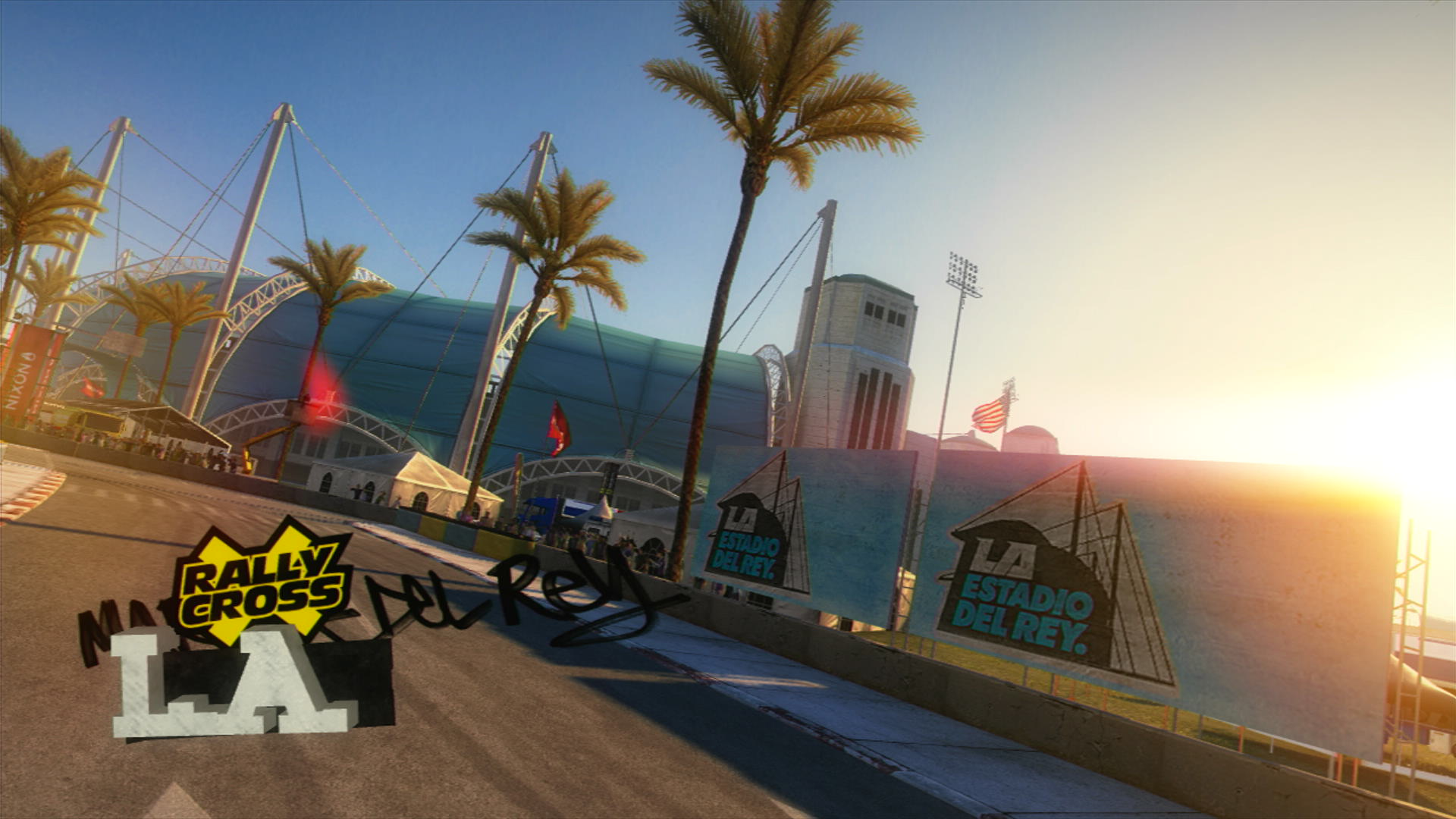
To do that, the worlds of GRiD and DiRT 2 became larger than life in the best way possible. They embraced this idea that racing in the virtual world can, and should more often, have a greater sense of theater and scale than we commonly see and instead be a version that a kid would imagine themself racing in. For GRiD, it meant that the crashes became spectacular and the racing went away from trying to replicate reality and became tight, fast, and frenetic with the cars emphasizing their strengths and their weaknesses to the extreme. In DiRT 2, it meant fully embracing the boom in popularity off-road racing had in the USA that came from the extreme sports world embracing rallying. Permanent rallycross circuits got replaced with stadiums and street tracks packed to the gills with spectators, props, and pyrotechnics for the jumps following in the similar transformation that took place for GRiD's tracks. It meant that the X-Games at the peak of their popularity was what you were racing towards in the DiRT Tour, with a X-Games gold medal hanging up in your RV after you win the championship and move on to the next tier of the campaign.

That RV being a part of DiRT 2's incredible menu system, having the game take place in the paddock area of the last place you raced in with the event selection taking place in the RV before taking you outside to choose your car by it's work station. It's one of the standout parts of GRiD and DiRT 2, placing you in the world from the get-go and fully immersing you in the atmosphere and vibe the game, and having it grow and change as you progress. You start with a dingy one-car garage at the start of GRiD World, eventually progressing to a fully prepared two-bay race shop by the end of the game with the last car you raced in the shop. The worlds feel alive; and these are worlds you want to race, live, and be in because they make you feel like the star attraction in ways few racing games have ever tried. Being able to satisfy what your inner child imagined racing to be just from the menus and atmosphere alone is an incredible feat, and one not attempted to this extent in future DiRT or GRiD titles.
As was briefly mentioned, the racing in GRiD is a departure from what was the norm in the previous Race Driver titles. This is elbows-up racing even on the most wide-open, contemporary road courses the game has to offer and a stark departure from the previous titles being fully grounded in reality. The improvements to the driving dynamics made possible with the EGO Engine meant the cars now had weight to them and can take a beating, with the AI not being afraid to get dirty in the trenches if thinks it can take the position. They are well on the pace in both GRiD and DiRT 2 as well, with each difficulty well balanced for respective skill levels with the star rivals proving a real fight on the toughest difficulty. There are few greater feelings of accomplishment in all of racing games than taking the fight to Ravenwest Motorsports or Ken Block and coming out on top, even if you had to get a little dirty along the way.
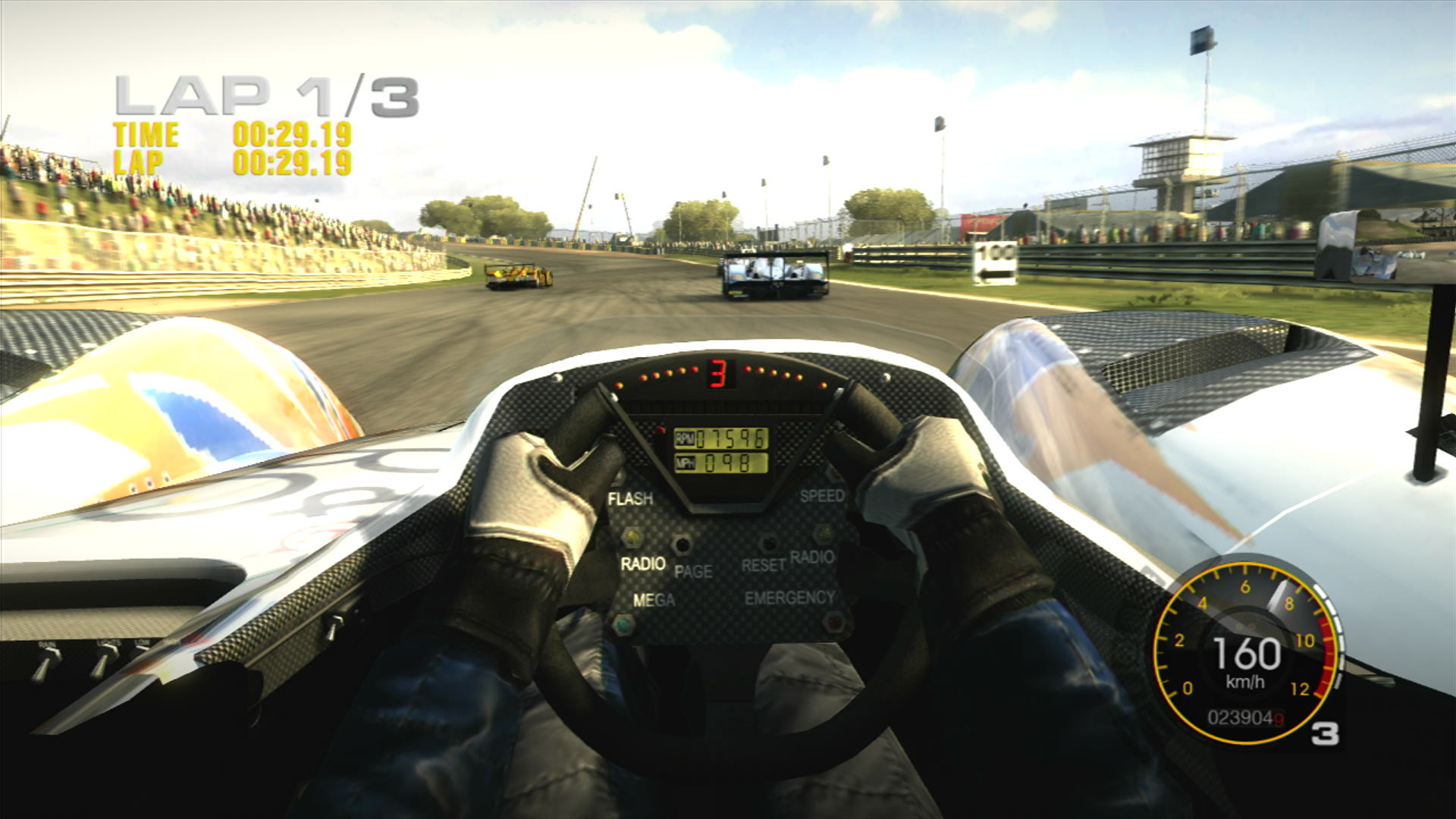
To compliment the more close quartered nature of the racing, the driving dynamics have been given the chance to not take itself so seriously while still existing in the rational end of the spectrum. The cars in Race Driver GRiD are able to slide and maintain yaw in the corners without losing control, with the cars both in GRiD and DiRT 2 having good compliance over bumps in the road. Both games give a very positive response to nailing a slow-in, and fast-out cornering section with cars that have more suspension travel pitching and rolling on corner entry extremely well. The drifting in GRiD, while not trying to be realistic in the slightest, is incredibly fun and rewards flowing corner sections into each other with one of the better points systems out there for a drifting mode that isn't trying to replicate the real thing. The physics model and driving dynamics in both games are grippy and built for fun, hard racing that invites you to pick it back up again to start a new campaign when the mood takes you there, buoyed by mods for GRiD on PC that change how the campaign's economy works for an added challenge.
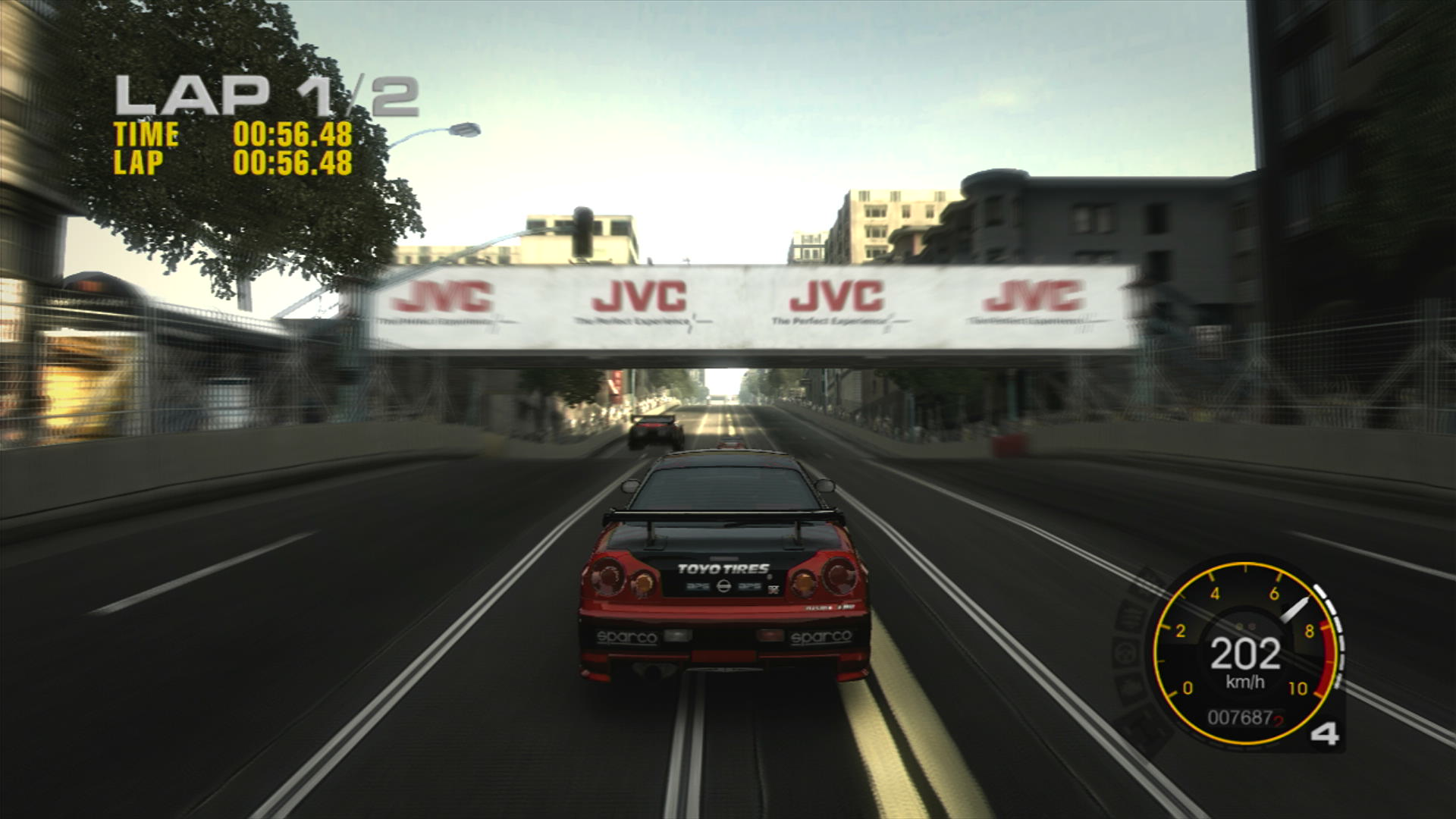
But even if you don't go down the modded direction, both Race Driver GRiD and DiRT 2 have among the best single player campaigns across the entire genre with GRiD's in particular standing tall when you get beyond the fantastic roster of cars and tracks both games have to offer. The basic nature of having your own team with your name on the door, choosing your teammate, picking a livery and racing for better sponsors while managing finances is the basic formula for a campaign most racing games that exist in the rational, realistic space should have one way or another. The player is given a very basic but incredibly appealing carrot dangled in front of them to chase with racing to the top with their own team on their own terms, that it's more of a tragedy that future Codemasters games refused to go down this path or expand on it beyond what DiRT 4 achieved. Even as DiRT 2's campaign may not have the same level of replayability, getting all the way to the game's finishing Colin McRae Challenge provides one of the best overall off-road racing campaigns that this section of the genre has to offer, with a lovely tribute to the then recently passed McRae a fitting ending.
Race Driver GRiD and DiRT 2 were released fifteen months apart and announced to the world that this was Codemasters's time to shine. Back to back home runs with a shared direction and focus moved them firmly into the spotlight as the best racing game developer of the time, and well worthy of getting the Formula 1 license and bringing the championship back to consoles and PC for the first time in four years. For a time, this was Codemasters's world, and we were just living in it and I am grateful for the fact that the crew in Southam did get their due.
Up next on BRGoF25: a racing game that, like Race Driver GRiD, had it's single player campaign be the prototype for decades to come, including the most recent title using it's license.



